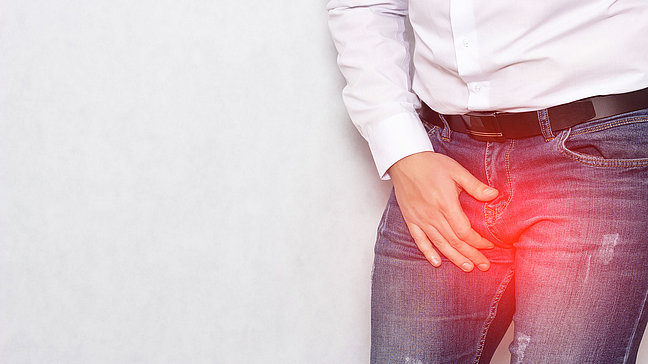
Testicular atrophy
Causes of testicular atrophy
Testicular atrophy can be triggered by a variety of factors, including:
- Infections, such as mumps, that affect the testicles
- Hormonal disorders, such as low testosterone levels
- Injuries or trauma to the testicle
- Side effects of certain medications or medical treatments, such as chemotherapy
- Long-term use of anabolic steroids
- Undescended testicles that were not treated in time
Symptoms of testicular atrophy
- Reduction of the affected testicle
- Decreased libido or sexual dysfunction
- Reduced sperm production and possible infertility
- In some cases, pain or discomfort in the testicular area
Diagnosis of testicular atrophy
The diagnosis is made through a physical examination in which the doctor checks the size and consistency of the testicle. Additional tests such as ultrasound, blood tests to check hormone levels (testosterone, LH, FSH), and sperm tests may be conducted to determine the cause and extent of the atrophy.
Treatment options for testicular atrophy
- Medication treatment: If testicular atrophy is caused by hormonal imbalances, hormone therapies such as testosterone replacement may be considered.
- Surgical treatment: In cases where a physical cause such as undescended testicles or testicular torsion is responsible, surgical intervention may be necessary.
- Treatment of the underlying condition: Infections or other underlying diseases must be specifically treated to stop the progression of testicular atrophy.
Preventive measures for testicular atrophy
Regular check-ups, avoiding testicular injuries, and refraining from steroids or other harmful substances can reduce the risk of testicular atrophy. Additionally, it is important to prevent infections like mumps in childhood through vaccinations.
Common Patient Questions About Testicular Atrophy
Sports or activities that repeatedly cause injuries or pressure on the testicles, such as martial arts, cycling, and intense weightlifting, can increase the risk of testicular atrophy. The abuse of anabolic steroids in sports can also lead to testicular shrinkage.
Testicular atrophy can impair the production of testosterone and other important hormones in the long term. A significant decline in hormone production can lead to symptoms such as reduced libido, fatigue, muscle loss, and osteoporosis.
The possibility of reversing testicular atrophy after an injury depends on the extent of the damage. In some cases, testicular function may partially return over time, but a full recovery remains rare. A medical assessment and, if necessary, supportive treatments are crucial.
In cases of testicular atrophy, testosterone replacement therapies can be used to support hormone levels. In certain cases, gonadotropins (hormonal injections) are also prescribed to stimulate testosterone production.
![[Translate to English:]](/fileadmin/_processed_/1/d/csm_UZ-Logo-2024-breit-aK-1500px-white-red_4b49b8d28c.png)


